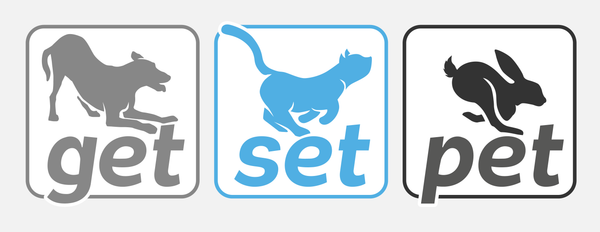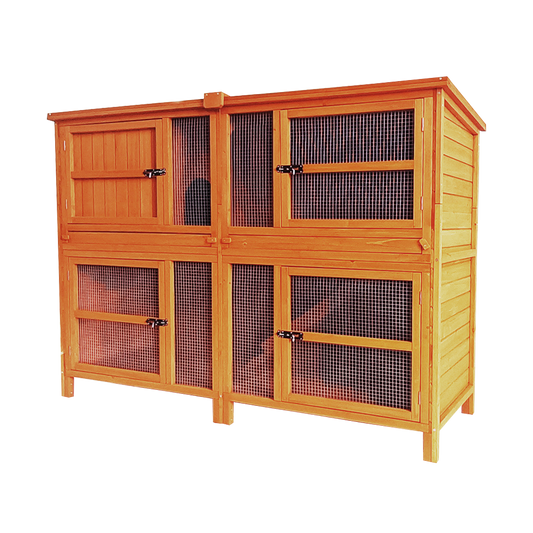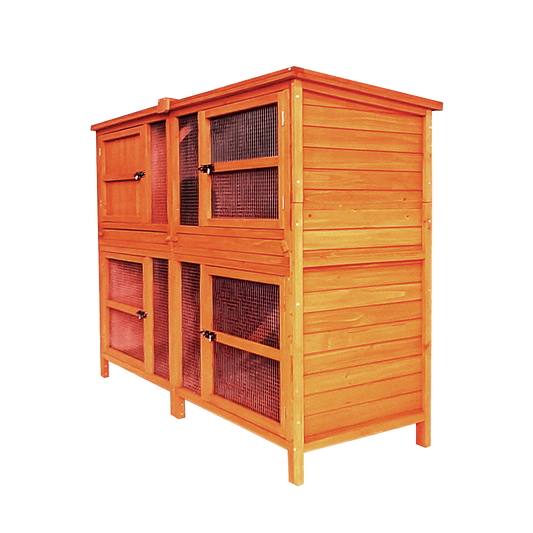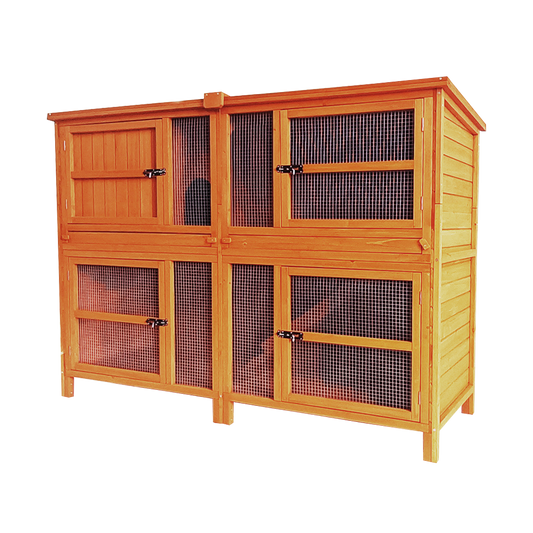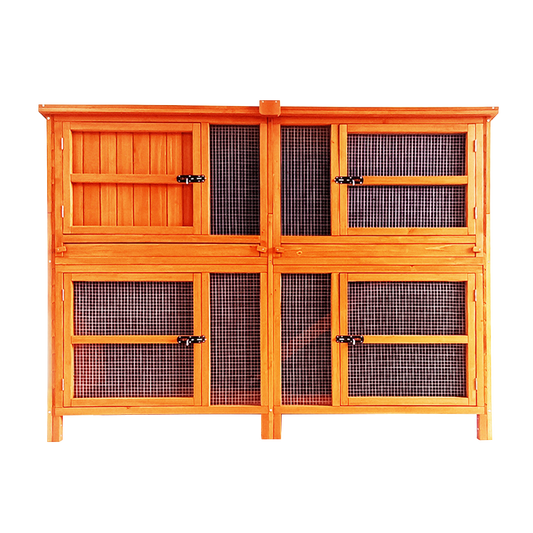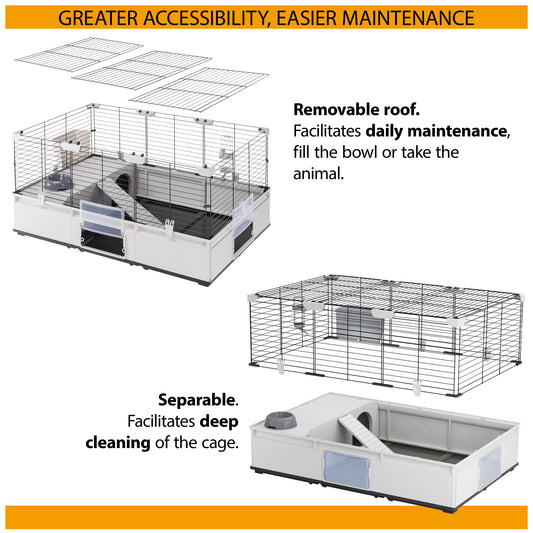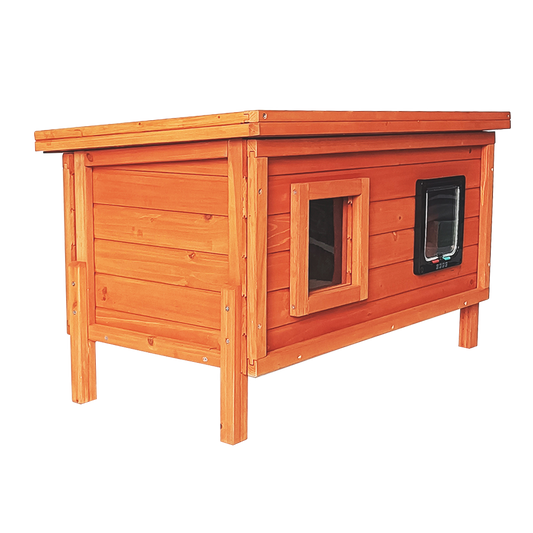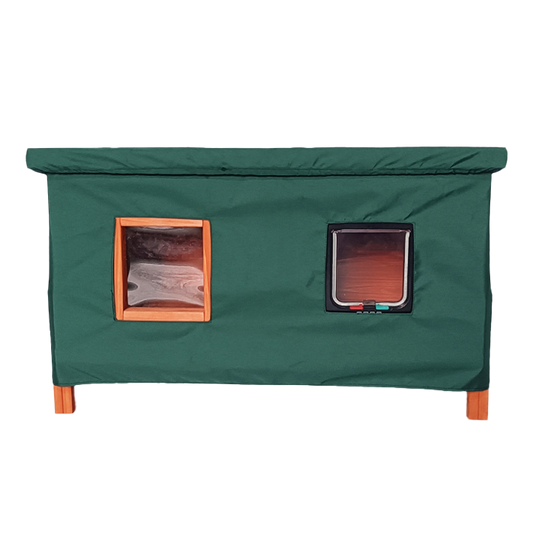Are you a feline fanatic or canine crazy? When it comes to pets, cats and dogs are at the top of the list of the most popular pets in the UK. But the question is, which one is right for you?
Cats are known to be independent, affectionate and cool as a cucumber, whereas dogs are typically known for their clingy, excitable yet equally lovable nature. Of course, all dogs and cats are different so it’s unfair to assume they will all share these characteristics but it’s a pretty good rule of thumb.
Cats can be left all day whilst you’re at work and will happily keep themselves amused, usually snoozing somewhere or if a kitten, playing for hours with a leaf that’s blown inside. They like their routine and will expect to be fed at a consistent time every day and appreciate a clean, secluded litter tray/toileting area to do their business. Most cats love a cuddle on your lap and will purr away happily. They enjoy a treat too and like to be with their favourite human but generally aren’t too high maintenance or demanding.
Unlike cats, dogs shouldn’t be left for more than four to five hours a day. The more time they can spend with their humans the better. They also like a routine and appreciate a good daily walk as a minimum. Dogs can be taught a wide variety of behavioural commands from sit and stay to search and rescue work and saving people’s lives! The list of activities you can do with your dog is endless and the more you put in, the more you get out. Dogs are very affectionate and loving, which isn’t dissimilar to most cats, and they love to curl up on the sofa with the family. Of course, there are so many dog breeds, each with their own very different personality, so this plays a huge factor in what living with them is like.
Toy breeds
Toy breeds, such as the Chihuahua, Toy Poodle and Papillion are the tiniest members of the canine family and are perfect for people that don’t have a lot of space or elderly people who would struggle to walk a bigger dog. Don’t be fooled by their tiny size into thinking that they’re not as intelligent as their bigger relatives! They excel at doggy sports like agility and have bags of energy.
Small breeds
Small breeds such as the Cavalier King Charles Spaniel, Jack Russell Terrier and Miniature Poodle are the next size up from the toy breeds. These are very popular as their size means that they’re still small and compact but that little bit bigger than their toy cousins, making them seem hardier and more resilient. There is a huge mix of personalities within this category from the placid happy-go-lucky Cavalier to the feisty, highly intelligent Jack Russell – the archetypal big dog in a small dog’s body.
Medium breeds
Medium breeds such as the Springer Spaniel, Border Collie and Staffordshire Bull Terrier are typically chosen for active families. Border Collies are working/herding dogs at heart so thrive when given a job. Springers are loving, loyal, biddable and full of energy which makes them perfect for active people who enjoy long walks. They tend to love everyone they meet, which makes them perfect for people who are always out and about meeting new faces. Staffies are a seriously misunderstood breed as they can be a most affectionate, loving and happy breed of dog. They adore people of all ages and have tons of energy which means that they are great for active people, anyone who likes to travel a lot (they are a perfect size for the car) and people who just want a fun, cheerful pup who never seems to mature!
Large breeds
Large breeds such as the Dobermann, German Shepherd, Golden Retriever and Standard Poodle all have very different personalities. You have the loyal, devoted, protective Dobermann and German Shepherd in this category and then the bouncy Golden Retriever who loves everyone they meet! Shepherds (German and Belgian) are used by the armed forces due to their intelligence, devotion, high energy and resilience. They also make great pets when trained and socialised correctly.
Giant breeds
Giant breeds such as the Great Dane, Irish Wolfhound and St Bernard fall into this category. These are the horses of the dog world so don’t be surprised if someone asks, “Where’s the saddle?” when you’re out walking! Despite their huge size, most giant breeds are actually very laid back compared to their smaller relatives and don’t actually require as much exercise as their Collie and Jack Russell cousins. They are the “dopey dogs” of the canine world but still require a decent amount of daily exercise to keep their minds busy. They are lovable, and usually greet everyone they meet warmly, but due to their sheer size they can seem quite intimidating to some. It also goes without saying that the giant breeds do require more space around the house!
Cat breeds
Cats are not defined by their size in the same way as dogs, but they still come in all sorts of shapes, fur types and temperaments according to the breed.
The long-haired Persian is a beautiful, unique-looking cat with an amazingly long, flowing coat and big round eyes. Persians are usually very laid-back and friendly, typically spending most of the day snoozing on the sofa.
The Maine Coon is another long-haired breed with a coat almost identical to that of a Persian. However, these cats are huge, and some can weigh over 10kg. They look like miniature lions and love company and fuss. All long-haired cat breeds require daily brushing to keep their fur matt-free which can be time consuming. They also benefit from visits to a cat groomer now and again for a “trouser trim” to keep the area underneath their tail shorter and therefore more hygienic.
The Siamese, Bengal and Russian Blue are just a few of the popular short-haired breeds and each have their own unique personality. Siamese and Bengals are known to be very affectionate, vocal and energetic whereas Russian Blues can be a little more reserved and usually bond with just one person. Because of their short fur these breeds only require weekly brushing to keep loose fur at bay and to give you the chance to inspect their body for any fleas, ticks, lumps or bumps.
Sphynx are a unique cat breed as they have no fur! These bald, wrinkly cuties feel like a hot water bottle and love attention. They are an energetic and fun breed that require no maintenance with regard to grooming, but care should be taken if they’re allowed outside as they will burn - a factor 50 sunscreen is a must during the warmer months. Sphynx are best kept as house cats with, if possible, access to a catio that offers plenty of shaded areas where they can go to relax.
Last, but certainly not least, we have our versatile, sweet, intelligent moggies. Moggies are a mix of all sorts of breeds and are the most common kind of pet cat. They come in a huge range of colours and fur types such as black, grey, black & white, tortoiseshell, calico, white, ginger, cream, tabby, silver tabby, short-haired, semi-longhaired and long-haired. Temperaments vary greatly and some people say there is a degree of correlation with the cat’s colour. Females also tend to be more independent than males and prefer their own space.
Which will you choose?
In summary, both dogs and cats make excellent pets and are equally loving, affectionate and loyal in their own way. As with most things in life you get out what you put in so the more time you can spend with your pet, the more you will enjoy their companionship and really see their true personality shine. Overall, cats are more suitable for someone who doesn’t have the time to devote to daily walks and ongoing behavioural training and are better for people who are away from home during the day. The shorter-haired breeds are better if you don’t have the patience for daily grooming, but the longer-haired breeds tend to be more laid-back and less energetic.
Dogs are great for active people/families who are at home for the majority of the day and have time to put aside a couple of hours for daily walks and training. The more active breeds are perfect for people who enjoy hiking and the longer-haired or curly-coated breeds are ideal for people who can spend time grooming them daily.
Both cats and dogs can get along well with children provided little ones are taught to behave responsibly and to never tease or frighten them. Pet insurance is recommended for both as unexpected vet visits can be costly. If after taking all of these factors into consideration you still can’t decide between a cat or a dog then pop down to your local animal shelter and ask to spend time with a few of each. At Get Set Pet we are big believers in the idea of pets choosing you rather than you choosing them so you may even end up finding your perfect pet at the same time!
If you enjoyed this article, you may be interested in:
